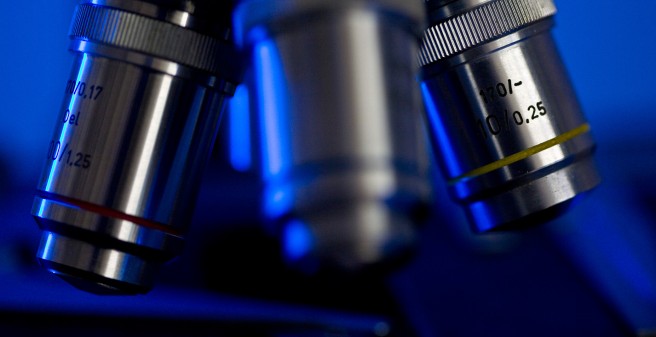Research
How neurons acquire their morphology is a fundamental topic in developmental neurobiology since the shape of a neuron supplies valuable clues to its function. Little is known about the mechanisms of axon and dendrites specification in vivo and how intracellular and extracellular programs cooperate to define the site of axon elongation and dendrite formation. Furthermore, it is now conceivable that neuronal cytoarchitectural abnormalities might lead to neurological disorders. Therefore, we are particularly interested in understanding how neurons develop axons and dendrites in vivo, in order to gain insight into the cellular and molecular events that may underlie neuropsychiatric diseases.
Autism spectrum disorders (ASDs) are neurodevelopmental disorders in which individuals have disrupted social communication and repetitive stereotyped behaviors, which lead to life-long difficulties. Approximately 1% of individuals in Asia, North America and in Europe have an ASD, which demonstrates the need to better understand these disorders, and find effective treatments to improve quality of life. In this regard, one of the key discoveries in recent years is that a person’s genetic blueprint plays a very important role in risk for ASDs. This means that there are genetic risk factors for ASD, and understanding how these genes cause abnormal brain development will help us to better understand the origins of ASDs to develop better treatments.
Recently, a novel recurrent copy number variation (CNV) microdeletion of chromosome 16p11.2 has been identified that carries substantial susceptibility to ASDs. While there are ~30 genes in this interval, the expression of one gene named TAO2 is of particular interest because it has been identified by us that affects basal dendrite formation and axon elongation in pyramidal neurons from the neocortex. This suggests the exciting possibility that TAO2 regulates brain connectivity.
